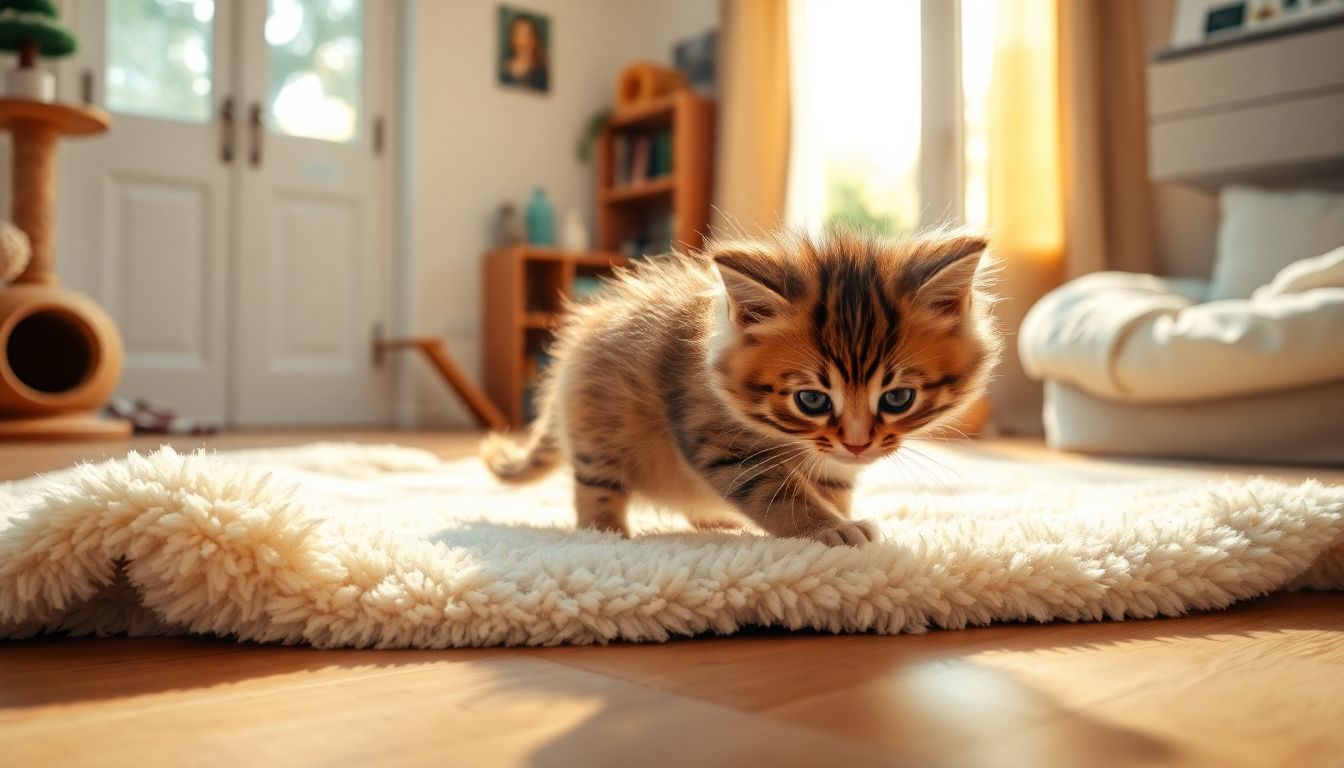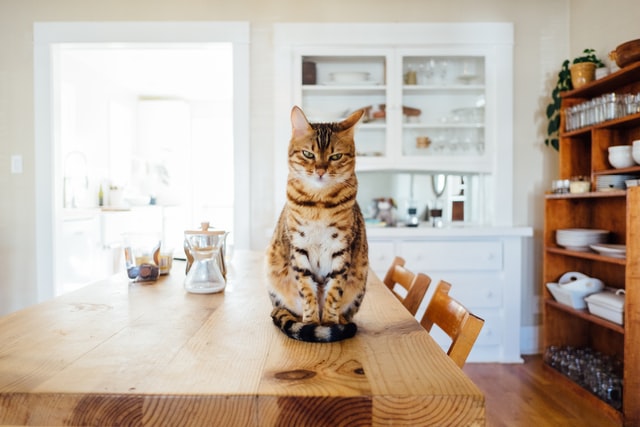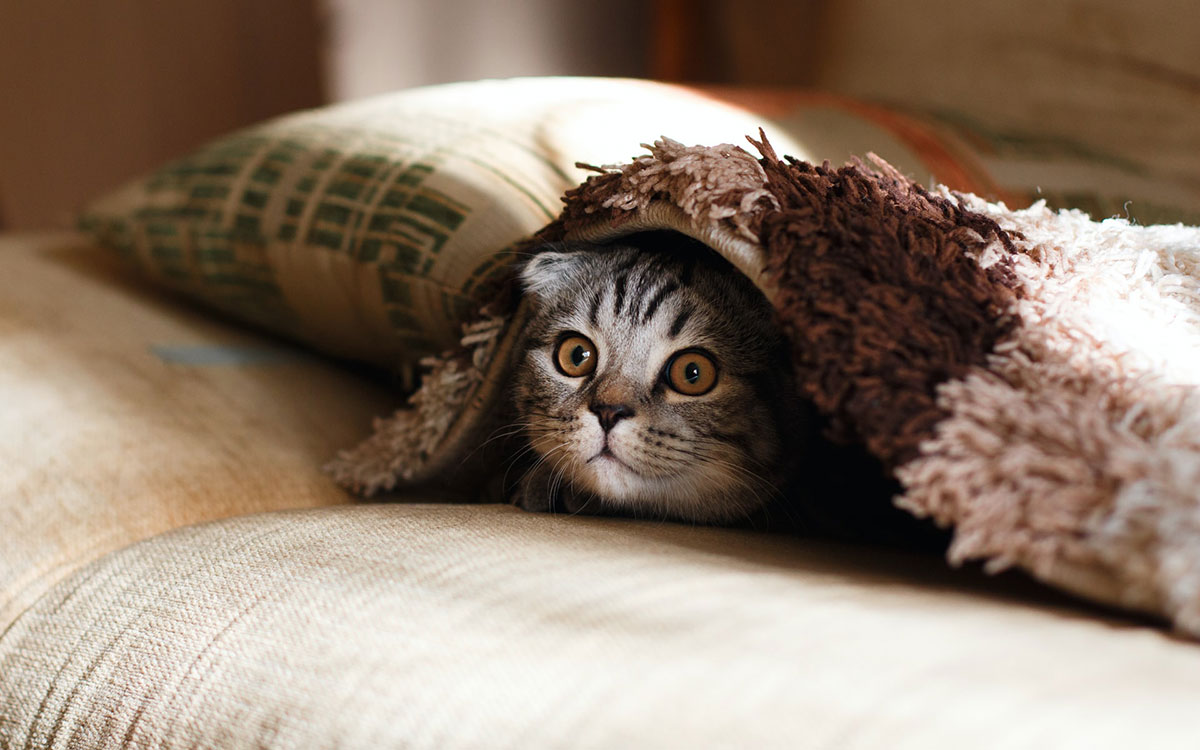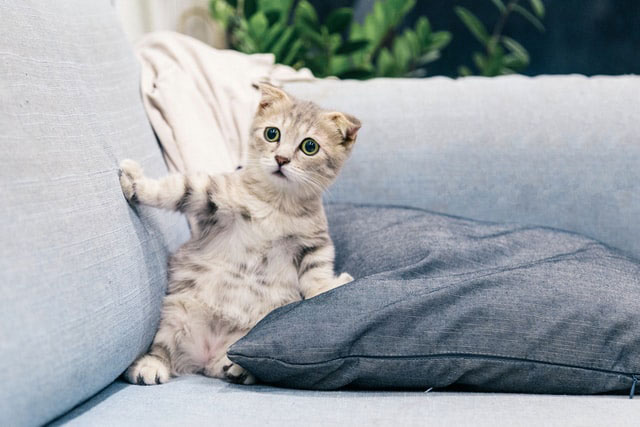Bringing a cat into your home sounds fantastic! It’s like a furry version of a true friend, who can be both cuddly and funny. I remember my first cat, Whiskers, who was a tiny puff of fluff, but I had absolutely no idea what he needed. Much was there to know, actually! This guide should steer you into implementing all you need to give your new feline pal a great life, from making their space, feeding, keeping them clean, and keeping their happiness and health in check. So let’s dive in and make sure this cat gets a good start!
1. Setting Up a Purr-fect Home Environment
Creating a Safe and Cozy Space
When the new cat comes into the house, it may feel rather scared. You need to cat-proof your house. Hide or cover wires that they might chew on. Poisonous things such as cleaning supplies and some house plants should be kept away. Secure anything that could fall down. Because a curious cat can get into anything!
Essentials for Your Cat Checklist
- Food and Water Bowls: Bowls easy to clean are recommended. Stainless steel or ceramic are good choices.
- Litter box: One large enough for your cat not to feel crowded in it.
- Litter: Different kinds include clay, clumping, and crystal.
- Scratching post: The cat needs to scratch to keep its claws healthy.
- Bed: A bed is a designated resting area for the cat.
- Toys: Toys to keep the cat entertained.
- Carrier: Your cat will need to be taken to the vet.
Please keep your cat in mind as you are choosing this equipment. For a cat that loves to stretch, a tall scratching post is the right choice.
Vertical Space and Enrichment
Cats adore climbing. Doing so lets them feel safe and view their surroundings. Cat trees are a perfect way to provide some vertical space for your youngster. You can also put up some shelves where your cat can jump on. But don’t forget to play with your cat every day! This is not just to keep them from getting bored but it also helps your bond with them.
2. Nutrition and Feeding Your Feline Friend
Understanding a Cat’s Nutritional Needs
There is a huge protein requirement. They also need something called taurine. It’s important for their heart and eyes. Ensure the food states meat as the first ingredient. Dry, wet, or even raw food can work, depending on your cat’s individual needs.
How to Choose the Right Food for Your Cat
Check the label! Look for the best quality ingredients. Avoid fillers, such as corn and wheat, and anything with too many questionable ingredients. You can also ask your veterinarian what they consider the best food for your cat; that way you will receive some guidance in choosing food according to your cat’s age, breed, and health.
Feeding Schedule vs. Portion Control
While some owners allow free access to food for their cats, others focus on scheduled feeding times. Free-feeding may lead your cat to some weight issues. Scheduled meals allow you to monitor the total intake of your cat. Check the portion instructions on the food package; your vet will also be a source of help in determining how much to feed your cat while ensuring that plenty of fresh water is available at all times.
3. Litter Box Basics and Hygiene
Choosing the Right Litter and Litter Box
Just about every type of litter box you can think of exists. Some have lids. Some have self-cleaning features. Some cats enjoy the isolation of a covered box, while others do not. Size matters when choosing a box for your cat; it must be large enough for the cat to turn around in. Your choice of litter could be clay, clumping, and crystals. Clumping is the most popular litter choice because it is easily scooped.
Litter Box Location and Cleaning
Cats do not want to be heard or seen while going about their business. Never place it near its food or water. Scoop the litter box every day, and once a week, clean it completely. Wash the box with warm, soapy water.
Things to Do with Litter Box Troubles
Sometimes, the cat will quit entering its litter box. This could be due to an aversion to the litter. Their aversion could also signify a medical issue. A dirty litter box may present its challenges, too. If your cat does stop using its litter box, consult a vet.
Conclusion
Taking care of a cat is a serious commitment—and so rewarding. From the tiniest details of the cat’s home to its proper diet, all these matter. Remember to have fun, grooming, and vet checkups. If you take care of these few things, you will get a happy, healthy, and affectionate cat for many years. Go ahead; your new friend is depending on you!









